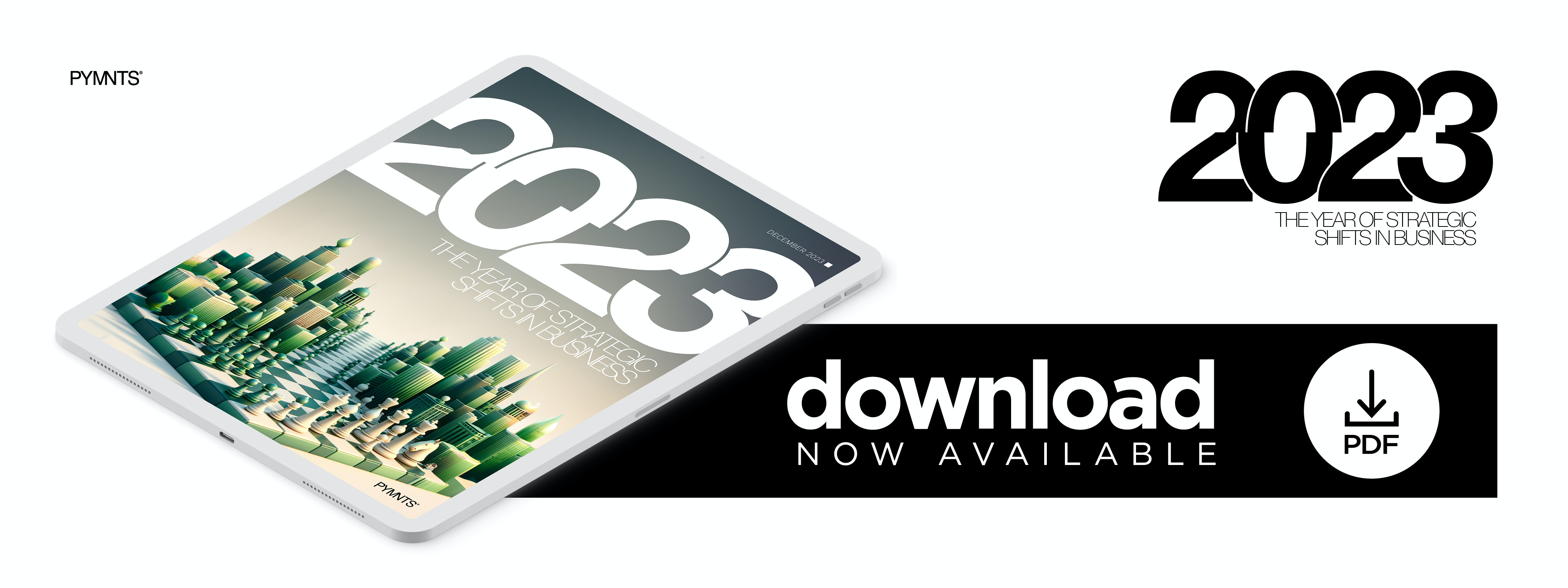In 2024, Open Infrastructure Can Solve Complex Problems — and Simplify Commerce

PYMNTS asked industry executives across the payments and digital commerce landscape to give us their take on the pivotal shifts, technological advancements and strategies that have shaped business in 2023. Their responses show critical trendlines to watch in the new year. Rob Cameron, global head of acceptance solutions at Visa, sees adaptable infrastructure as key to creating a flexible, frictionless and inclusive user experience.
In the past few years, we saw the ease of the consumer payments experience bleed over into how businesses want and need to conduct business. As consumers, there is now the technology, the data and the desire for businesses around the world to win us over at every turn. If something doesn’t suit us, we walk away from it — because we know a better, easier, more suitable option is out there for us. In 2024, I expect to see a notable shift to more modular, platform agnostic infrastructure in payments technology to meet these needs for businesses.
What does that actually mean? It means being able to use products and services that businesses need, as they need them. Don’t have a good token solution? Add one on top of what you currently have. Need a better omnichannel experience? You don’t have to unseat your entire payments gateway to make that happen. It means network-agnostic payments services and the ability to plug component parts into an existing tech stack. It’s what Amazon Web Services did for the cloud. But by bringing that over to payments, we can solve truly complex problems.
Here’s what to watch in the year ahead.
The Power of Connectivity
To truly deliver a flexible, frictionless and inclusive user experience, infrastructure must be capable of connecting to front-end software for customer transactions and managing back-end components such as fraud prevention and payment disputes. Payments experiences are increasingly embedded in the software that businesses use to run their operations, such as Salesforce for an enterprise and Shopify for a small business. To achieve connectivity across the industry, there will be an increasing focus on partnerships between payment businesses and independent software providers to deliver competitive services to the market. The right relationships for connectivity can make all the difference in gaining a competitive edge.
The Rise of Modular Solutions
Businesses in 2024 will increasingly embrace modular solutions, a transformation that enables them to tailor their payments systems to meet evolving consumer expectations. The shift involves integrating open tools, allowing businesses to add or enhance specific features without overhauling their entire payments architecture. The modular approach creates a network-agnostic plug-and-play solution, offering flexibility in solving even the most challenging problems. In practice, this means using products and services that businesses need as they need them. If a merchant needs a good token solution, it can be added. If a business requires a better omnichannel experience, its entire payments gateway won’t have to be unseated to make it happen.
An Open Platform for Complex Challenges
As more people, businesses and governments adopt digital payments, greater demand will be placed on the infrastructure required to process these transactions. Keeping pace with consumer-driven payment complexities can be difficult for even the largest businesses in the ecosystem. Businesses of all sizes now understand the importance of a modern payments infrastructure that’s secure, flexible and customizable to their needs.
To stay competitive in today’s economy, we’ll see businesses adopting open payments platforms that can aggregate payments services modularly, allowing businesses to configure and use only what they need. Cloud-ready solutions like the Visa Acceptance Platform will be at the forefront of this transformation, offering a level of security and a broad ecosystem of technology partner solutions that businesses can’t build on their own without heavy investment. With the advancements in open platforms, businesses will have even more power to seamlessly move existing integrations from preferred vendors onto the platform, fostering connectivity and collaboration within the payments ecosystem.
In 2024, more open and flexible payments infrastructure will mean more choice for businesses that rely on it. We will not only see more payments companies transform their infrastructure but more and more businesses benefit from these new layers and capabilities. As a result, our world of commerce will become a bit simpler to operate.


